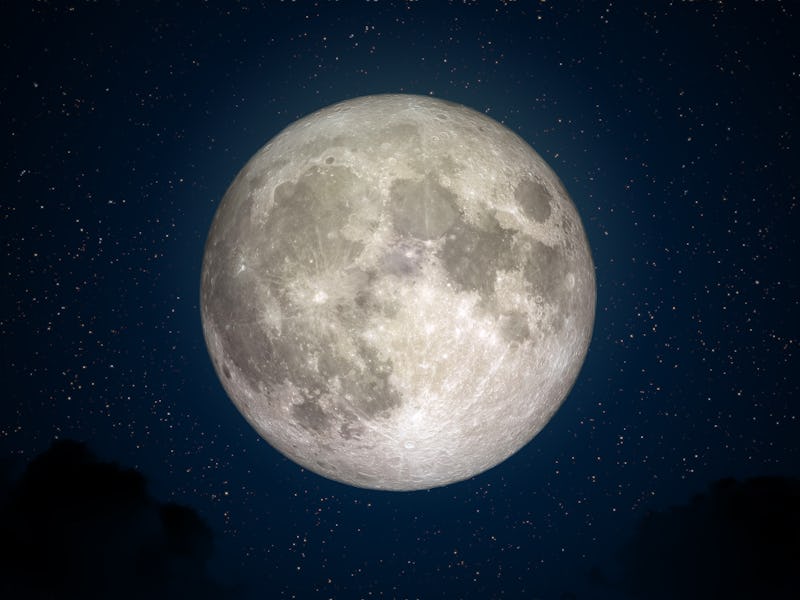Pink Moon 2022: How to see April's bright, brilliant Full Moon
Known by many names, the Full Moon will be one to see.

April’s Full Moon has one of the most colorful names of any of the Full Moons: the Pink Moon. The Moon won’t actually appear pink in the sky, but the name does remind us that colors are about to pop naturally in the landscape in northern regions of the United States.
The Pink Moon reaches its peak brightness on April 16 and will outshine every other object in the night sky. With the weather warming up, April is a great time to watch the Full Moon glide across our sky.
What is a Pink Moon?
While April’s Full Moon will not look pink, that’s the most popular name attributed to this month’s Moon. According to NASA, the color is a reference to the herb moss pink, a plant of the eastern United States that can also go by the names creeping phlox, moss phlox, or mountain phlox.
The flowering pink creeping phlox, which does not grow on the Moon.
In the United States, for nearly a century, many people have been naming Moons after the traditional monikers used by Native American tribes. Different tribes had different names for the Moon, however, which means you may also want to consider names like the Sprouting Grass Moon, the Egg Moon, and (for coastal regions) the Fish Moon. All of these names are explicit references to spring.
The Old Farmer’s Almanac began publishing these various names in the 1930s in its lists of weather forecasts and astronomical sights for newer American settlers to watch. Of course, the April Full Moon has other associations in different parts of the world. It also falls the day before Easter in the United States.
How to see the April 2022 Full Moon
The Full Moon will reach its peak at 2:55 p.m. Eastern on April 16, but don’t get too concerned about the daylight hour. The Moon will appear nearly Full for the night before and the night after its peak and will be visible all night.
April is one of the last months where you will have a good nighttime view of the Full Moon before summer comes into force in the northern hemisphere. More northern viewers of the Moon may also want to rush out to see the Pink Moon before the bugs take over in the later spring.
The Pink Moon in 2020.
How much brighter is the Moon during a Full Moon?
We enjoy Full Moons every month thanks to some celestial geometry. The Moon, as it orbits around the Earth, arrives at a position opposite the Sun every 27 days. The Sun’s light flows around the Earth and fully falls on the closer Moon side to our planet. (Sometimes, this geometry can cause a lunar eclipse, but not this time.)
Happily, the Full Moon is quite bright. It shines at magnitude -12.92 on average, which is six times as bright as the Half Moon and much brighter than any other nighttime object in the sky. (Even the International Space Station, during its brief passes across our sky, can only get as bright as -6 magnitude.) For comparison, a person with average vision can usually see stars as dim as magnitude 6 in dark-sky conditions.
When is the next Full Moon?
Usually we get 12 Full Moons in a year, although sometimes more than one can happen per month. A lunar “year” of 12 Full Moons is only 354 days, compared with the Earth’s 365-day orbit around the Sun. But the timing in 2022 with the Gregorian Calendar means we’ll see 12 Full Moons this year.
The next Full Moon will reach its peak at 12:14 a.m. Eastern on Monday, May 16. May’s Full Moon is usually called the Flower Moon.